Cardware has gone through some generational changes.
Kudos to @markgeo for building one of these from an unscaled bitmap, I'm not surprised the servo's did not fit. I have carefully measured every 9G servo I can lay my hands on and made the limb deep enough to accommodate Turnigy and Tower, the biggest of them. They all use a standard fitting and the gearbox is always the same height and width.
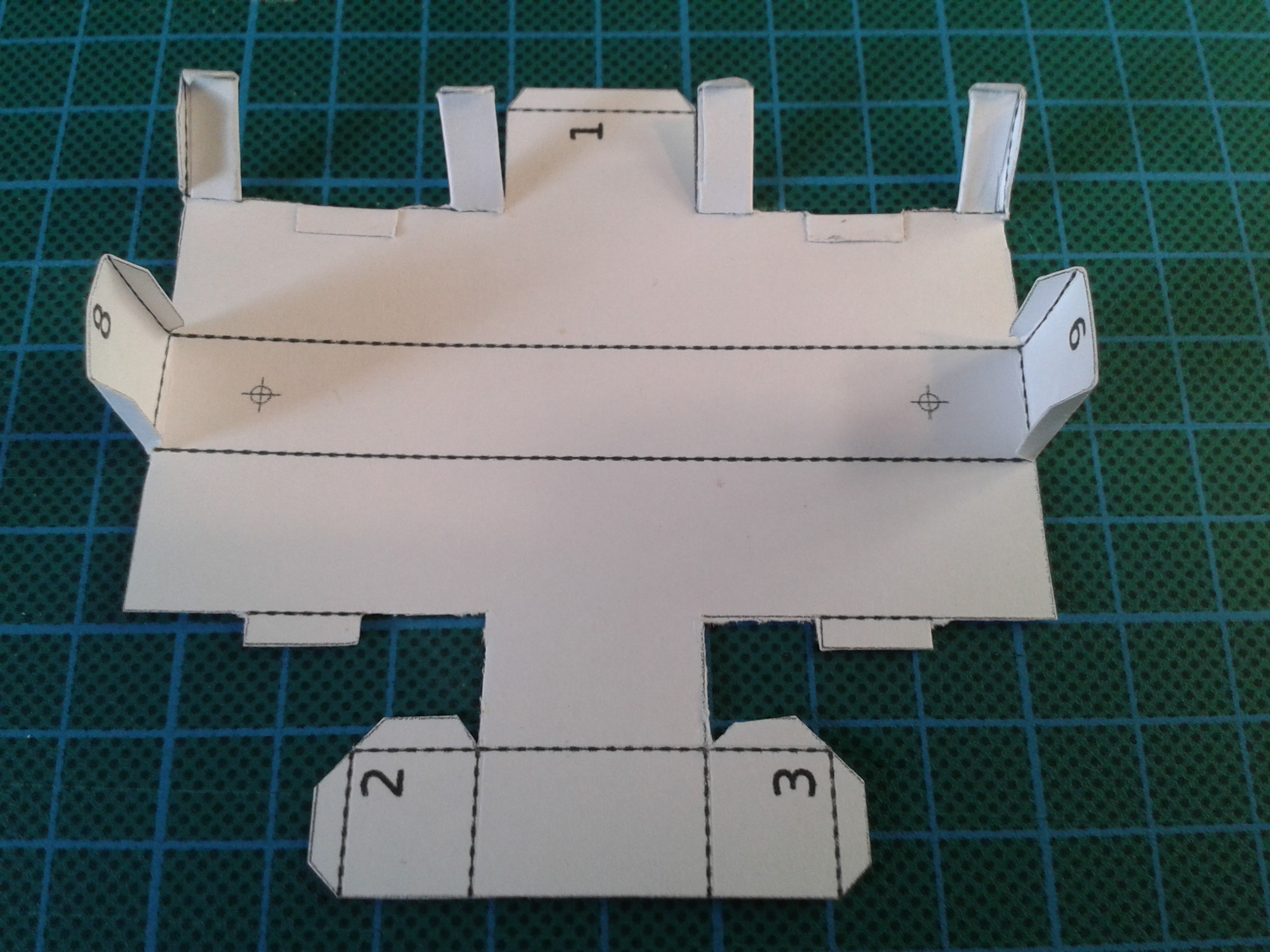
I have changed the bearers, they are now doubled to hold the screws in better and dont get in the way of the cables. I've also added a sequence for folding so that some of the tricky internal tabs dont get forgotten.
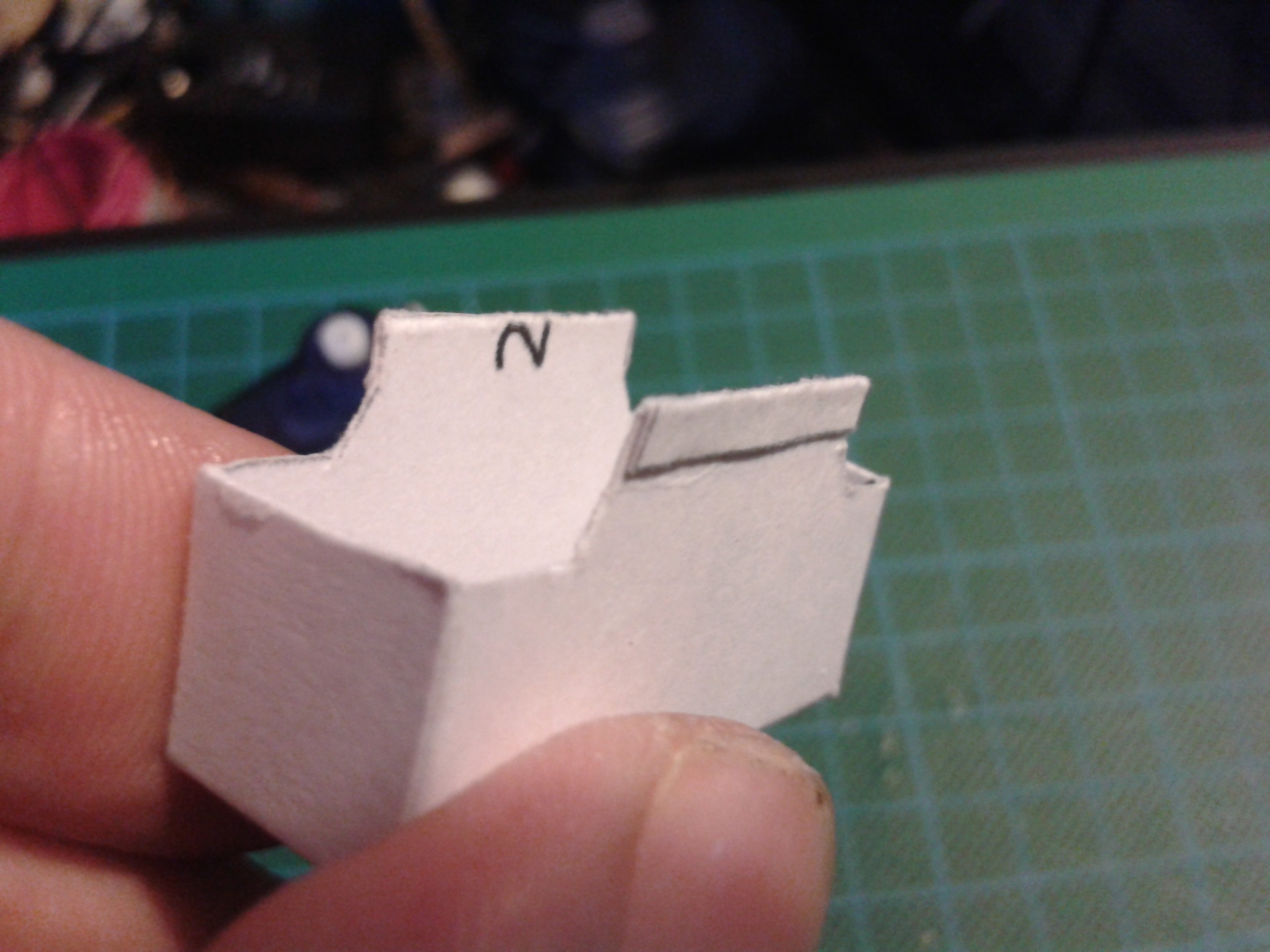
I've also added a lid to cover the servo completely. It's removeable, just slides in and locks behind two tabs in the thigh chassis.
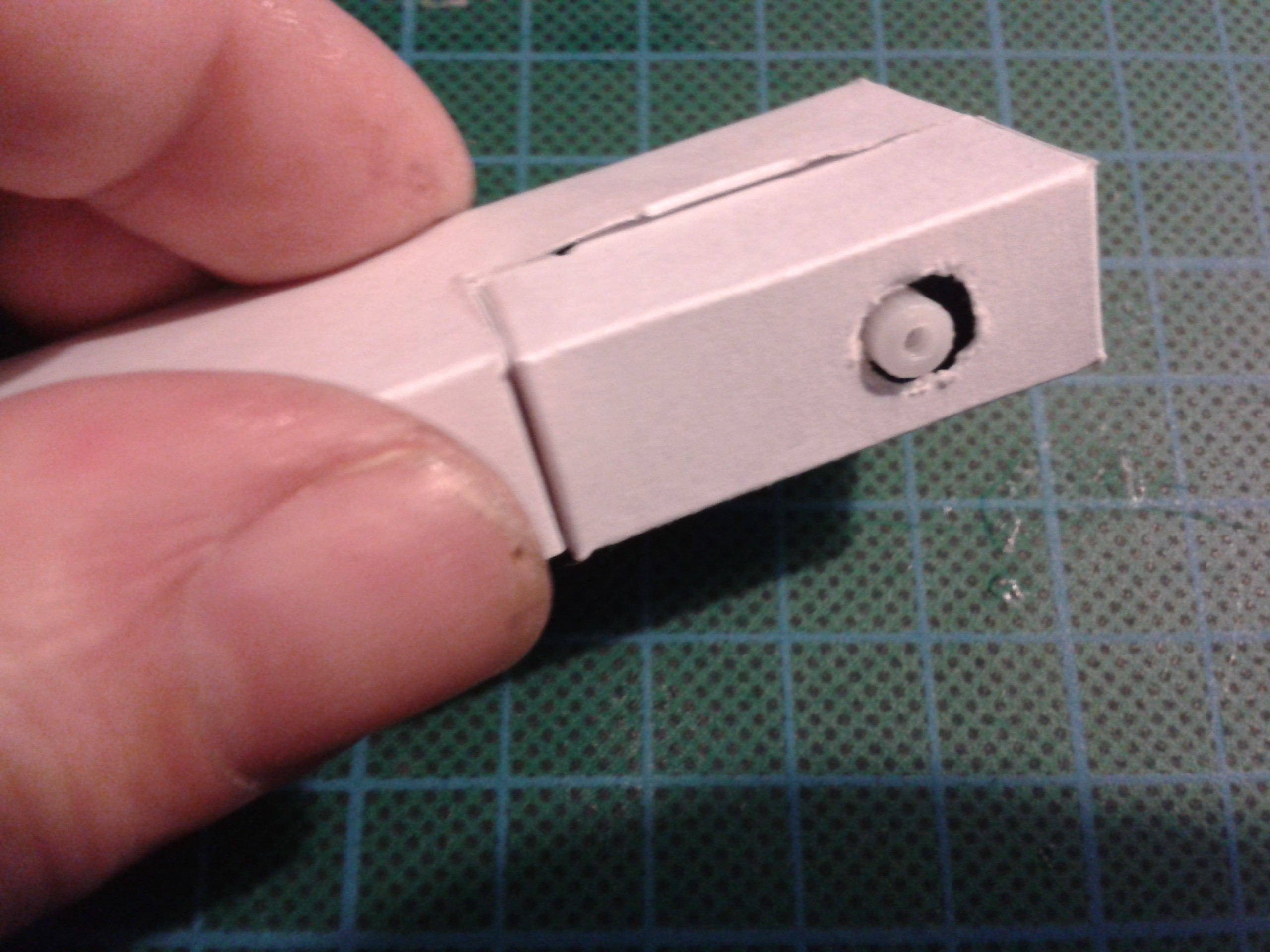
Nice and tidy, and also needed for the next part of the project, making this cardboard touch sensitive. I'm using foil patches to pick up skin capacitance. They will eventually be stuck inside the shell, but I'm working on them so they are external for now.
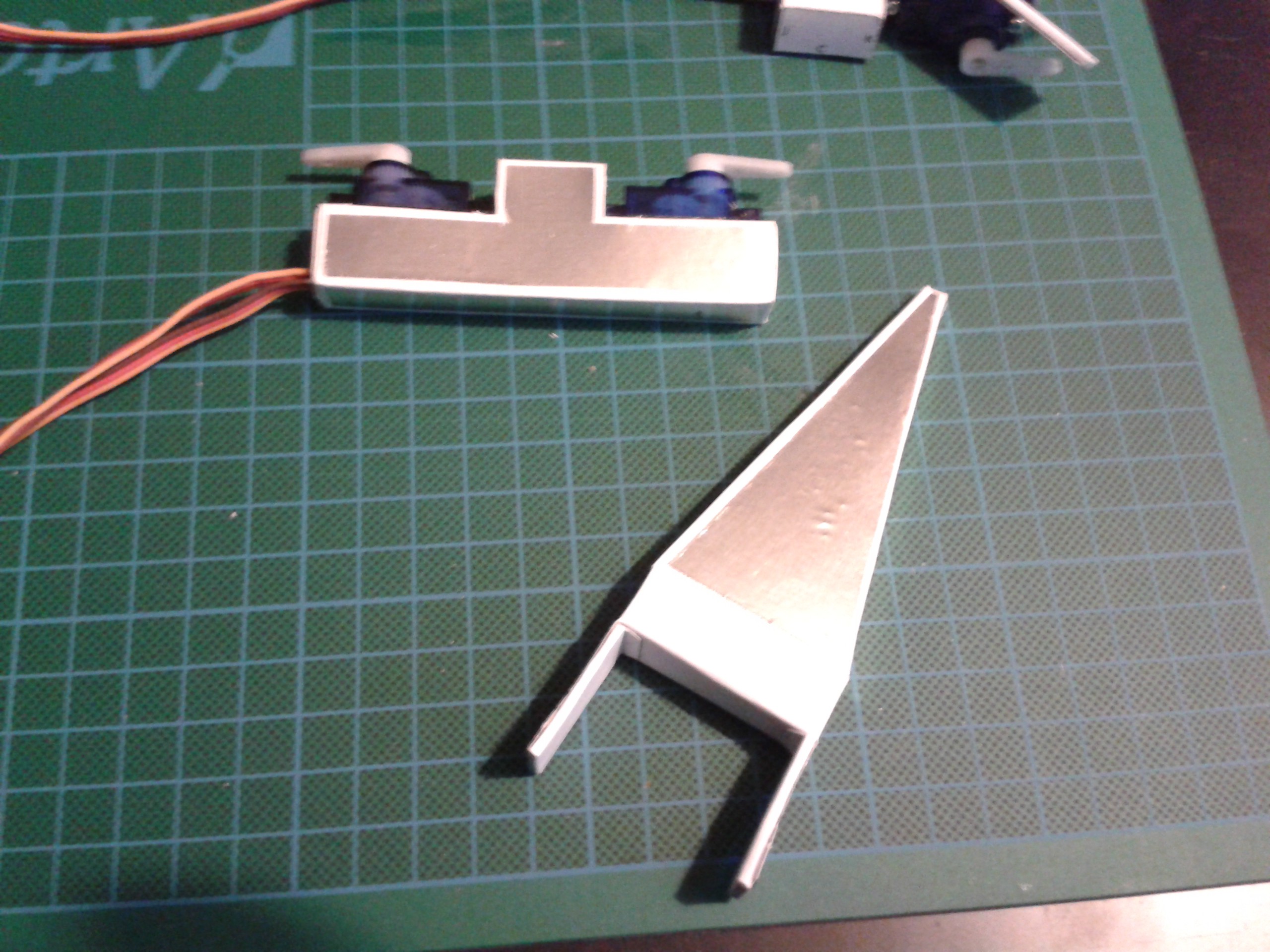
Fully assembled the limb looks like this. I've mounted it on a base for demonstration.
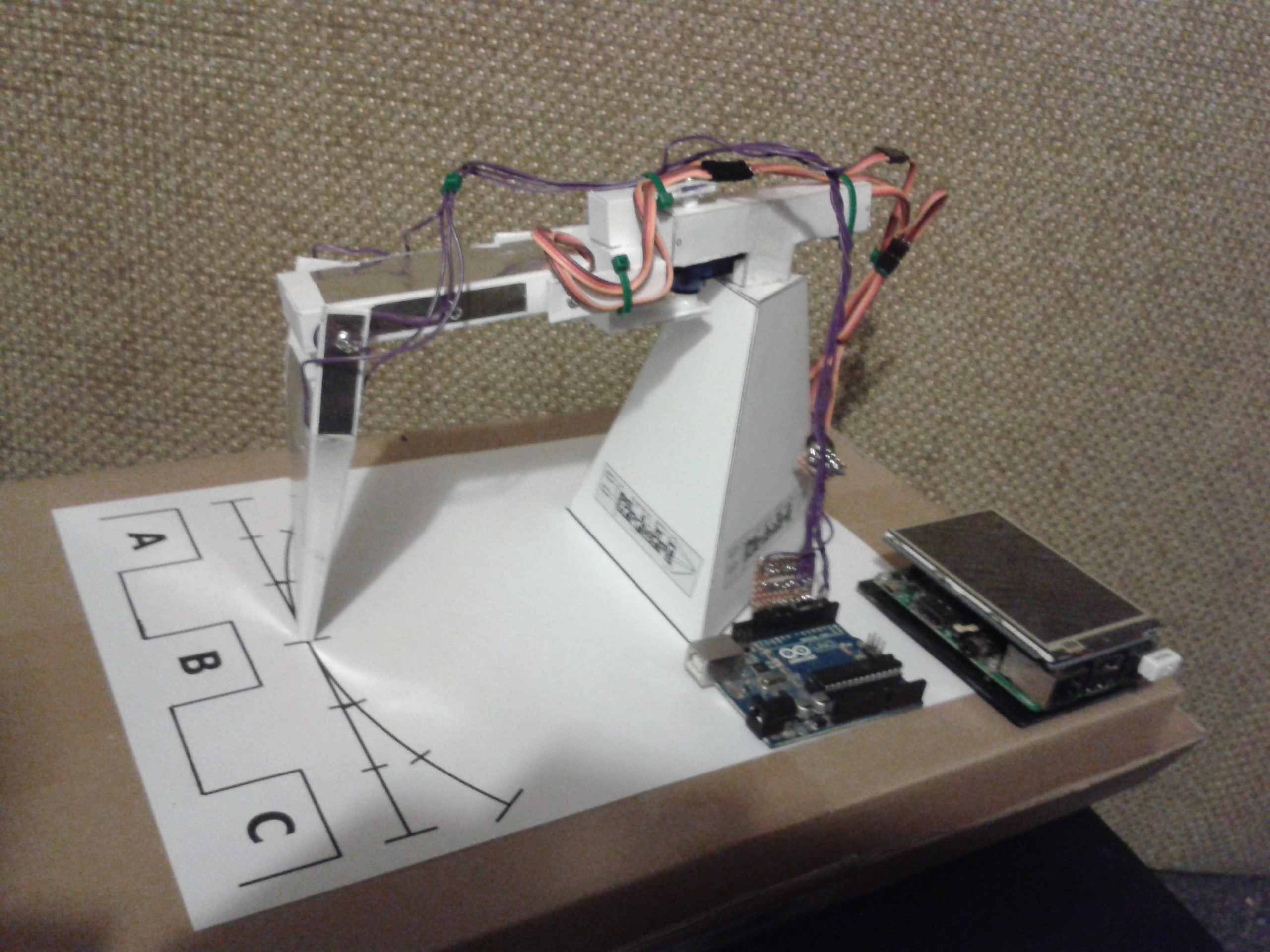
Now for the fun part...
I'm still working on this. I've discovered that the Pi driving it is way more sensitive than my PC is when I was constructing it. But it displays the biological hallmarks I'm building into the system.
This is meant to be living cardboard...
The system will be programmed entirely by touch, voice and image recognition alone - the first thing you will do when you build one is teach it how to walk. It knows what walking is, but like a baby has no idea how to take a step. This will be accomplished by guiding it's limbs so when it is done, every single Cardware bot is an individual with it's own character that it has learned from it's owner by example.
Here is a scaled A4 bitmap that can be printed out by loading it into any program capable of fitting one from edge to edge of the paper when printing. MSOffice can do this for example.
I am constantly fiddling with the original vector plans and will not be releasing those yet.
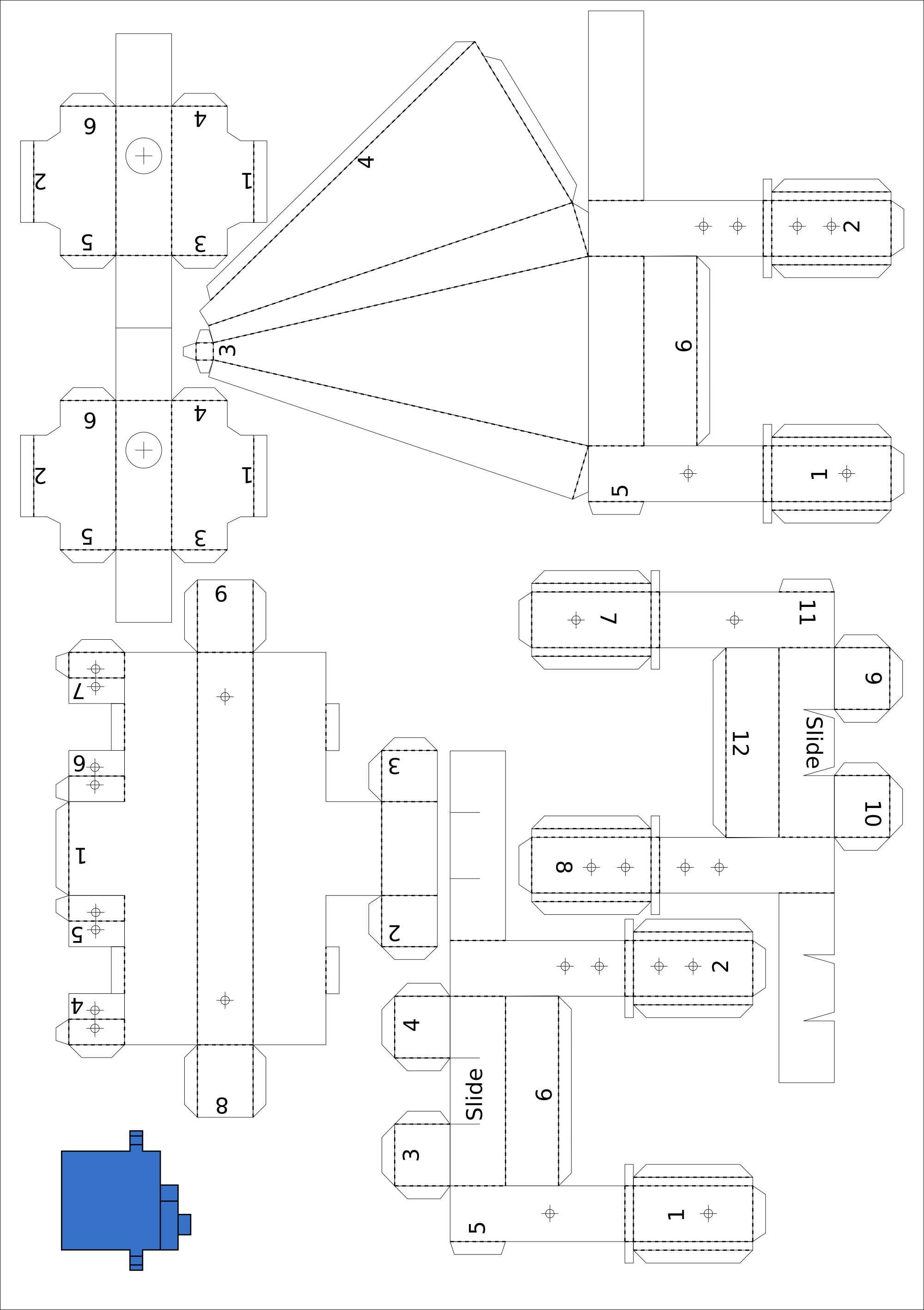
 Morning.Star
Morning.Star
Discussions
Become a Hackaday.io Member
Create an account to leave a comment. Already have an account? Log In.